Back to Courses
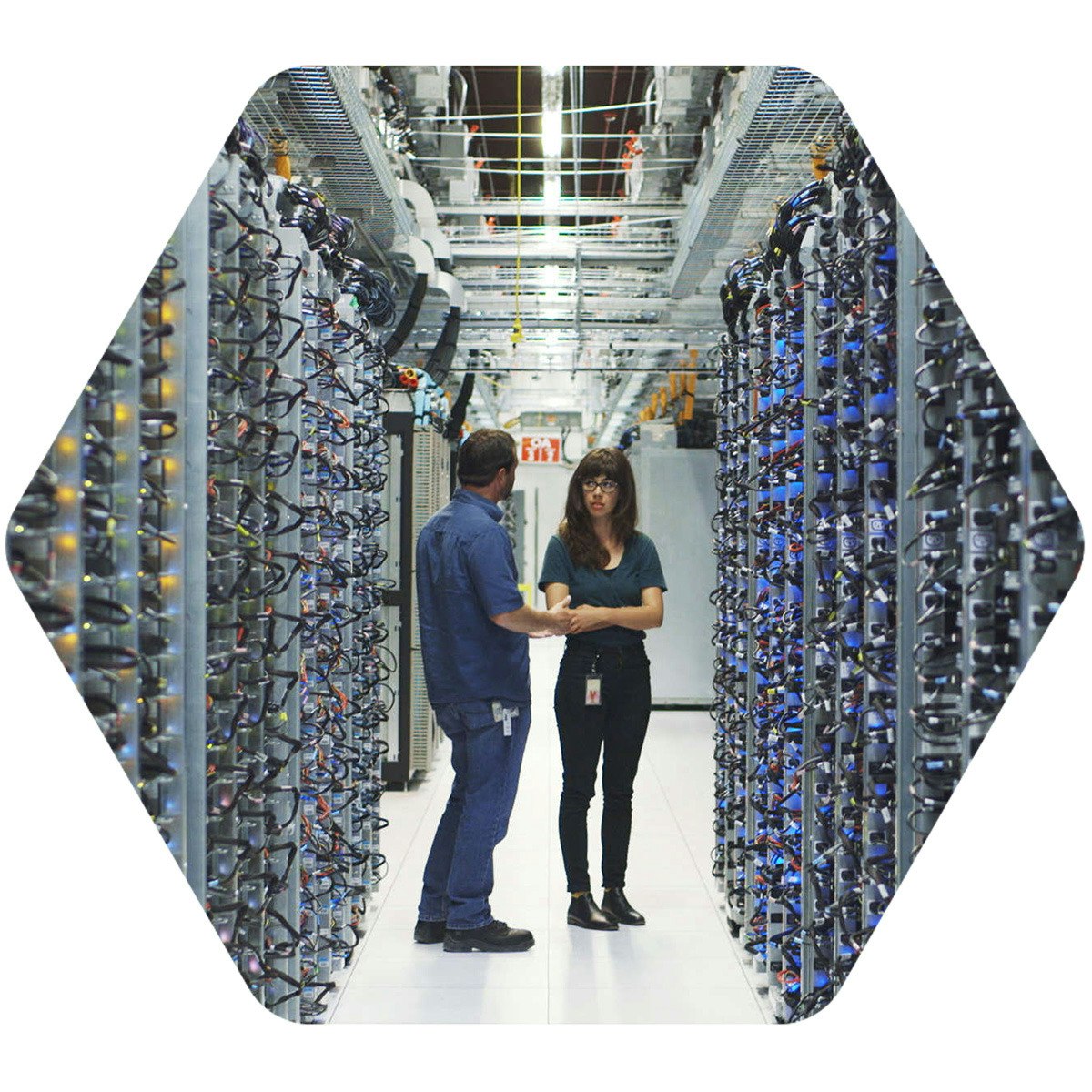




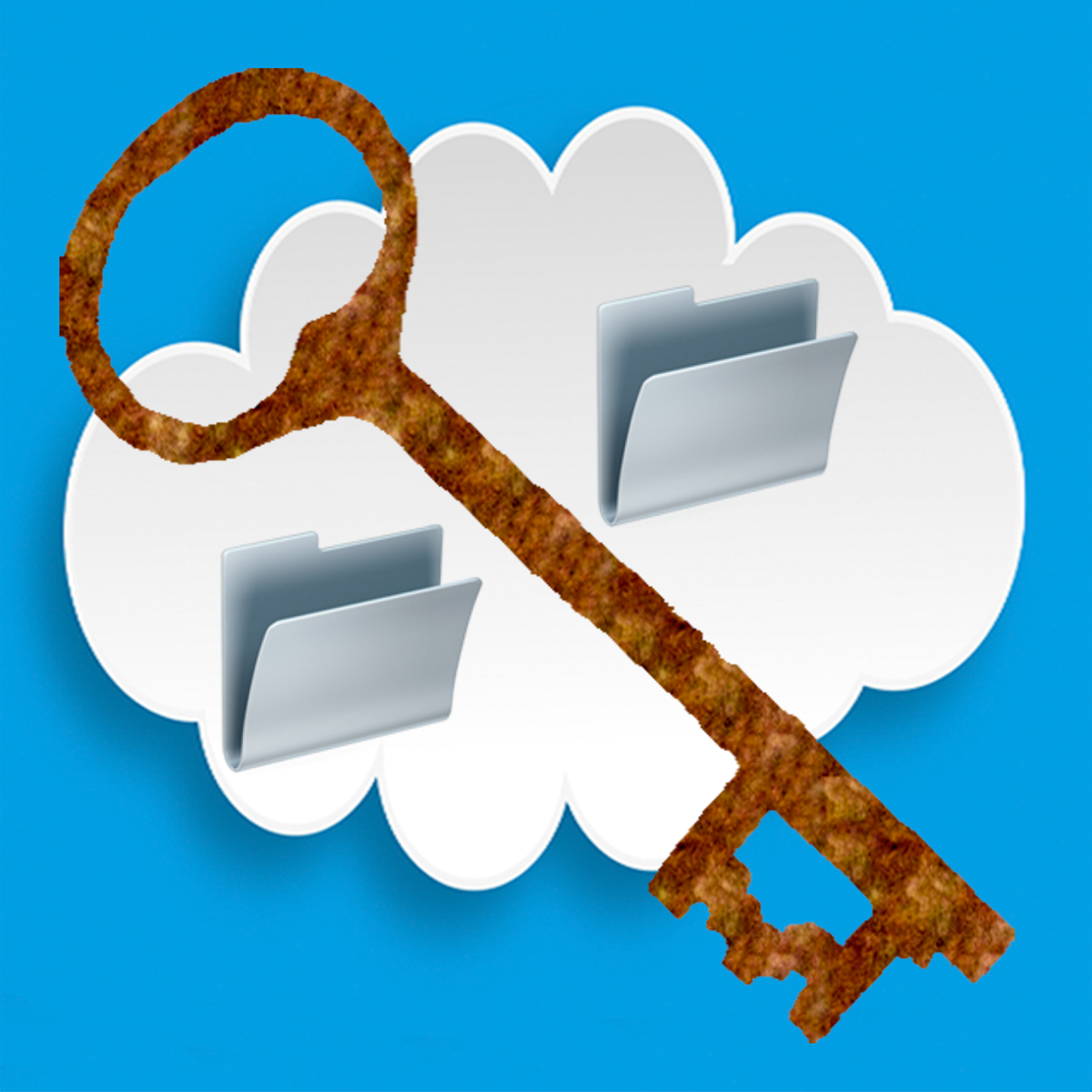
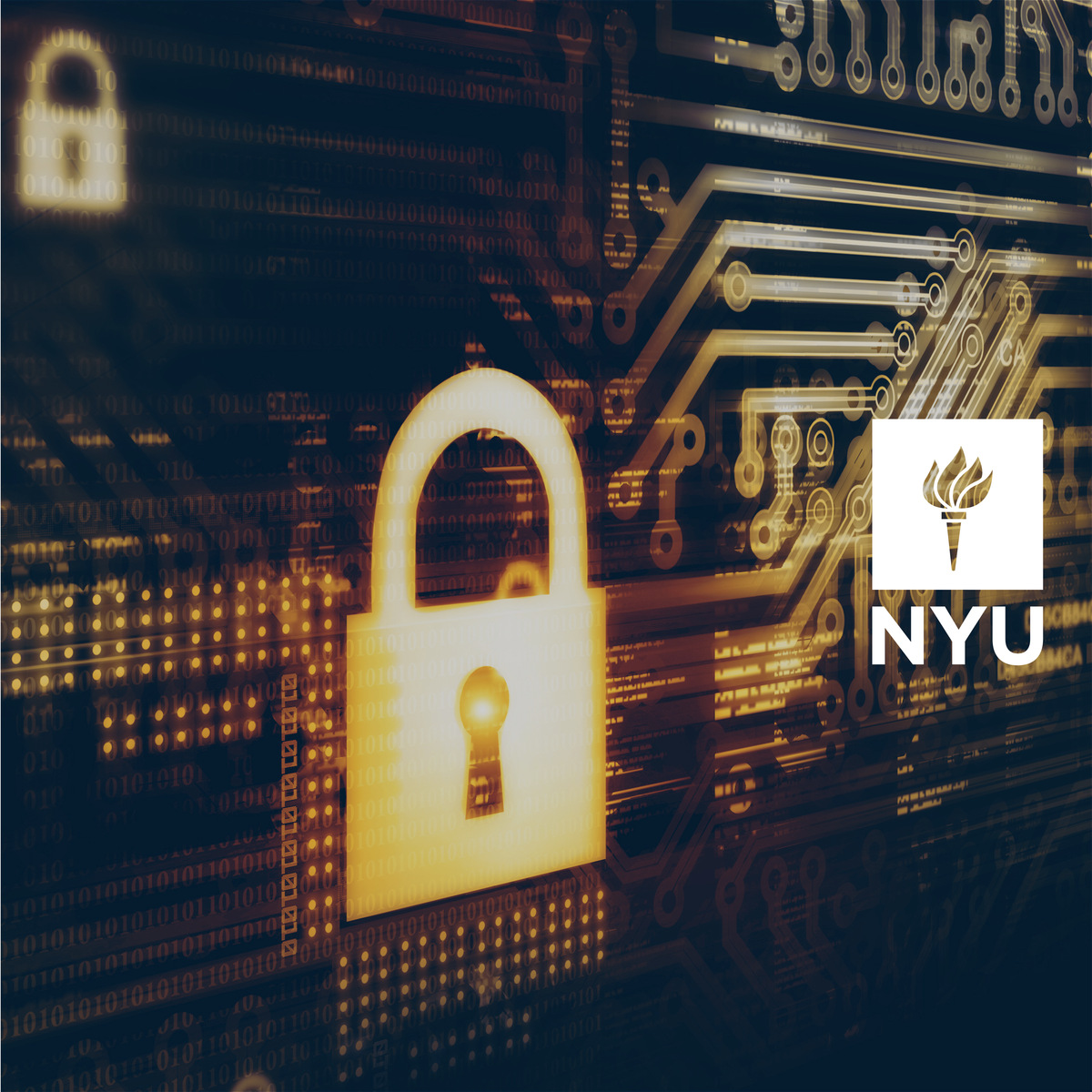
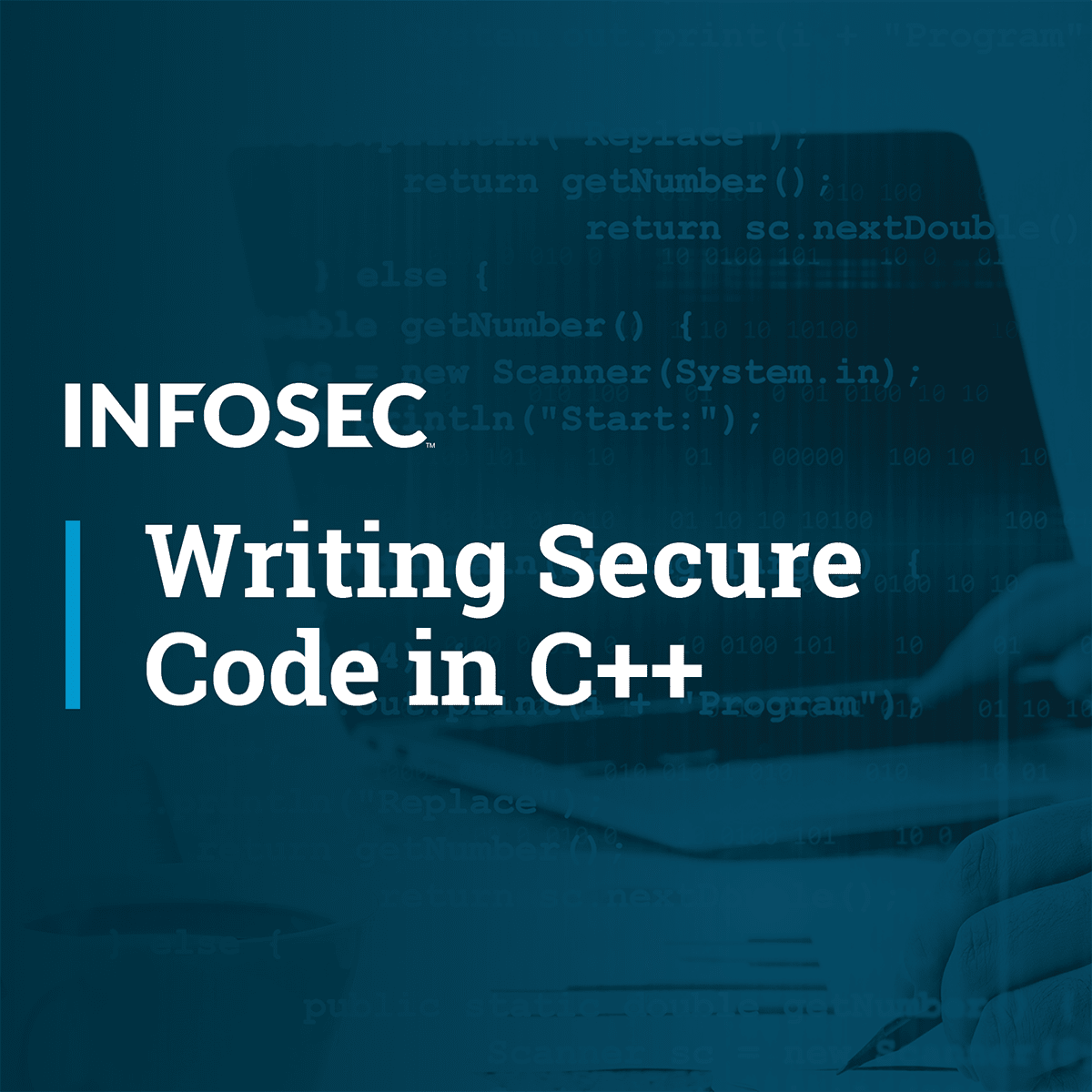
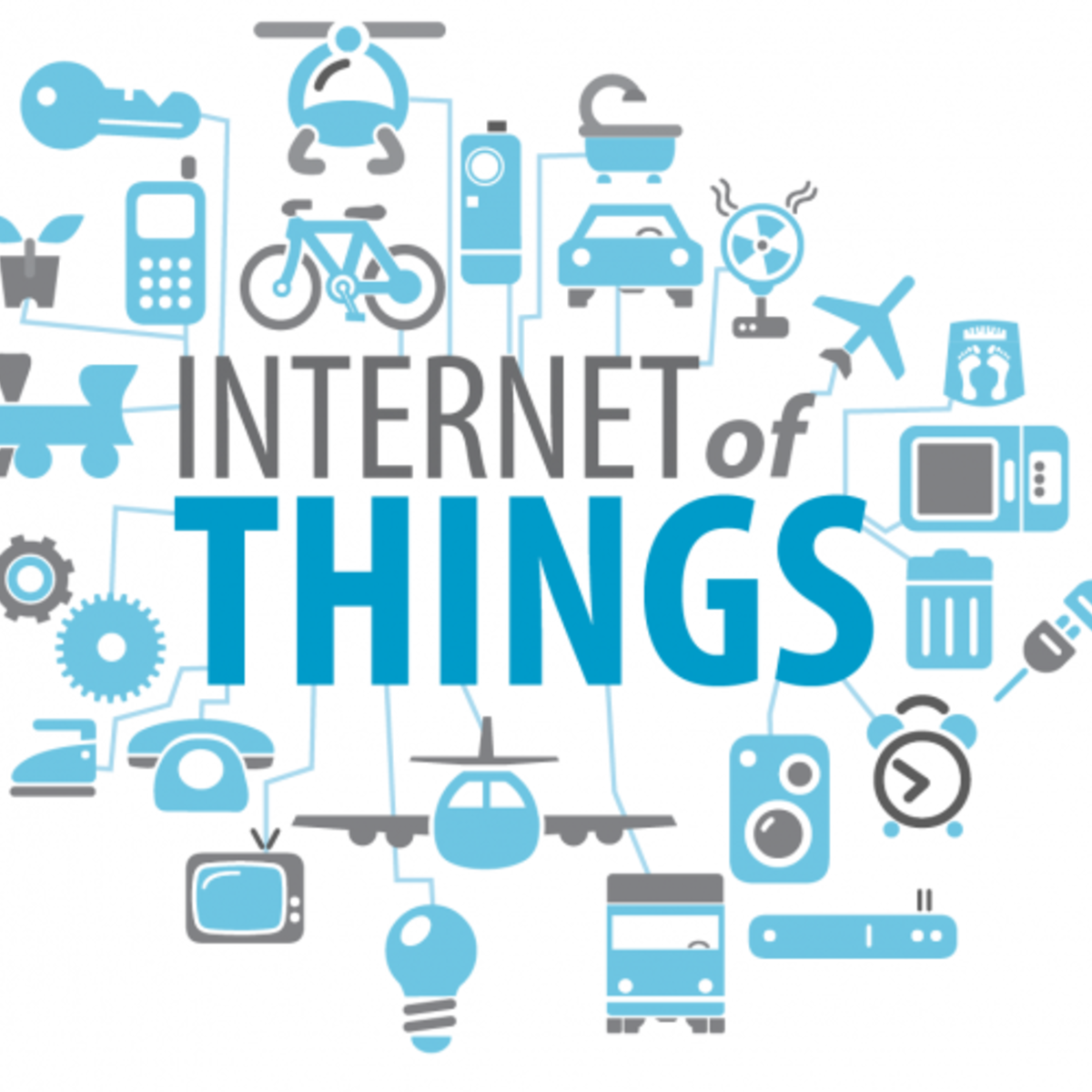
Computer Security And Networks Courses - Page 21
Showing results 201-210 of 277

Introduction to TCP/IP
You use the Internet through your PC (Personal Computer), laptop, tablet, smartpad, and smartphone every day in everything you do. Through your own PC/laptop, you can easily learn everything about the Internet, and that is what this course is focused on. In this course ‘Introduction to TCP/IP,’ you will learn the operational functions of Internet technologies (which include IPv4, IPv6, TCP, UDP, addressing, routing, domain names, etc.) and your PC/laptop's security and gateway Internet setup and basic principles. In addition, through a simple Wireshark experiment, you will see the TCP/IP packets and security systems in action that are serving your PC/laptop, that serves you.

Essential Google Cloud Infrastructure: Foundation
This accelerated on-demand course introduces participants to the comprehensive and flexible infrastructure and platform services provided by Google Cloud with a focus on Compute Engine. Through a combination of video lectures, demos, and hands-on labs, participants explore and deploy solution elements, including infrastructure components such as networks, virtual machines and applications services. You will learn how to use the Google Cloud through the console and Cloud Shell. You'll also learn about the role of a cloud architect, approaches to infrastructure design, and virtual networking configuration with Virtual Private Cloud (VPC), Projects, Networks, Subnetworks, IP addresses, Routes, and Firewall rules.
Prerequisites:
To get the most out of this course, participants should:
Have completed Google Cloud Fundamentals: Core Infrastructure or have equivalent experience.
Have basic proficiency with command-line tools and Linux operating system environments.
Have systems operations experience, including deploying and managing applications, either on-premises or in a public cloud environment.
>>> By enrolling in this course you agree to the Qwiklabs Terms of Service as set out in the FAQ and located at: https://qwiklabs.com/terms_of_service <<<

Cyber Threat Intelligence
This course gives you the background needed to gain Cybersecurity skills as part of the Cybersecurity Security Analyst Professional Certificate program.
You will understand network defensive tactics, define network access control and use network monitoring tools. You will understand data protection risks and explore mobile endpoint protection. Finally you will recognize various scanning technologies, application security vulnerabilities and threat intelligence platforms.
This course also gives you hands on access to cybersecurity tools important to a system analyst.
This course is intended for anyone who wants to gain a basic understanding of Cybersecurity or as the sixth course in a series of courses to acquire the skills to work in the Cybersecurity field as a Cybersecurity Analyst.
The completion of this course also makes you eligible to earn the Cyber Threat Intelligence IBM digital badge. More information about the badge can be found https://www.youracclaim.com/org/ibm/badge/cyber-threat-intelligence.
In this course, you will learn to:
• Describe examples of network defensive tactics.
• Discuss data loss prevention and endpoint protection concepts and tools.
• Explore a data loss prevention tool and learn how to classify data in your database environment.
• Describe security vulnerability scanning technologies and tools.
• Recognize application security threats and common vulnerabilities.
• Identify the key concepts around threat intelligence.
• Explore a SIEM product and review suspicious alerts and how to take action.

Getting Started with Vault
This is a self-paced lab that takes place in the Google Cloud console.
In this hands-on lab, you will learn the basics of Vault.

Cybersecurity Policy for Water and Electricity Infrastructures
This course will examine the drinking water and electricity infrastructures, and various policies that have been developed to help guide and strengthen their cybersecurity programs. The drinking water and electricity infrastructures are two of fourteen subsectors comprising what are known as "lifeline infrastructure". The 2013 National Infrastructure Protection Plan identifies four lifeline infrastructure sectors: 1) water, 2) energy, 3) transportation, and 4) communications. These sectors are designated "lifeline" because many other infrastructures depend upon them. The drinking water subsector is part of the water sector, and the electricity subsector is part of the energy sector. Both subsectors are overseen by the Department of Homeland Security National Protection and Programs Directorate which manages the DHS National Infrastructure Protection Program. The NIPP employs a five-step continuous improvement program called the Risk Management Framework. NIPP implementation is overseen by DHS-designated Sector-Specific Agencies staffed by various Federal departments. The Sector-Specific Agencies work in voluntary cooperation with industry representatives to apply the Risk Management Framework and document results in corresponding Sector-Specific Plans. The program began in 2007 and the most recent Sector-Specific Plans were published in 2016. In February 2013, President Obama issued Executive 13636 directing the National Institute of Standards and Technology to develop a voluntary set of recommendations for strengthening infrastructure cybersecurity measures. EO13636 also asked Federal agencies with regulating authority to make a recommendation whether the NIST Cybersecurity Framework should be made mandatory. The Environmental Protection Agency who is both the SSA and regulatory authority for the drinking water subsector recommended voluntary application of the NIST Cybersecurity Framework. The Department of Energy who is both the SSA and regulatory authority for the electricity subsector replied that it was already implementing the Electricity Subsector Cybersecurity Capability Maturity Model, which indeed was what the NIST Cybersecurity Framework was based on. The Department of Energy, though, recommended voluntary application of the ES-C2M2. This module will examine both the drinking water and electricity lifeline infrastructure subsectors, and elements and application of the NIST Cybersecurity Framework and ES-C2M2.
Cryptography I
Cryptography is an indispensable tool for protecting information in computer systems. In this course you will learn the inner workings of cryptographic systems and how to correctly use them in real-world applications. The course begins with a detailed discussion of how two parties who have a shared secret key can communicate securely when a powerful adversary eavesdrops and tampers with traffic. We will examine many deployed protocols and analyze mistakes in existing systems. The second half of the course discusses public-key techniques that let two parties generate a shared secret key. Throughout the course participants will be exposed to many exciting open problems in the field and work on fun (optional) programming projects. In a second course (Crypto II) we will cover more advanced cryptographic tasks such as zero-knowledge, privacy mechanisms, and other forms of encryption.

Cloud Data Security
This course gives learners an opportunity to explore data security in the cloud. In this course, learners will:
* Dive into the data services offered by cloud providers and compare their security features.
* Analyze a data breach and trace it back to the vulnerability that made it possible.
* Learn about database injection and aggregation attacks.
* Follow the life cycle of a data item and its relationship to privacy and integrity.
* Associate modern privacy requirements with US and European laws.

Enterprise and Infrastructure Security
This course introduces a series of advanced and current topics in cyber security, many of which are especially relevant in modern enterprise and infrastructure settings. The basics of enterprise compliance frameworks are provided with introduction to NIST and PCI. Hybrid cloud architectures are shown to provide an opportunity to fix many of the security weaknesses in modern perimeter local area networks.
Emerging security issues in blockchain, blinding algorithms, Internet of Things (IoT), and critical infrastructure protection are also described for learners in the context of cyber risk. Mobile security and cloud security hyper-resilience approaches are also introduced. The course completes with some practical advice for learners on how to plan careers in cyber security.

C++ Lab Content
Explore the C and C++ languages. Look at the specificity of the C/C++ languages and how this impacts security, ways C/C++ can interact with the external world, error handling, the execution environment and much more.

Cybersecurity and the Internet of Things
Welcome! You may have heard about the Internet of Things (IoT). But you may also have wondered about what it is. Or for that matter, what does it mean to you or an organization. This course is for you if you are curious about the most recent trends and activities in the internet capabilities and concerns about programmed devices. There are complexities and areas of necessary awareness when the industrial sector becomes connected to your home. Security policies and practices have not yet caught up to the internet capabilities of some of our most common products. The “connected home”, “consumer wearables”, or even an employee’s HVAC system may cause an unanticipated threat to your business environment.
You will explore current security and privacy related concerns in each of these areas. Every module will include readings, videos, case studies, and a quiz to help make sure you understand the material and concepts we talk about. This course offers a place to learn, reflect, and plan for a smart community approach to IoT. Portions of this course may seem extremely technical in nature. That is because the “things” in IoT represents engineering. Try to grasp the concept in that case.
Popular Internships and Jobs by Categories
Find Jobs & Internships
Browse
© 2024 BoostGrad | All rights reserved